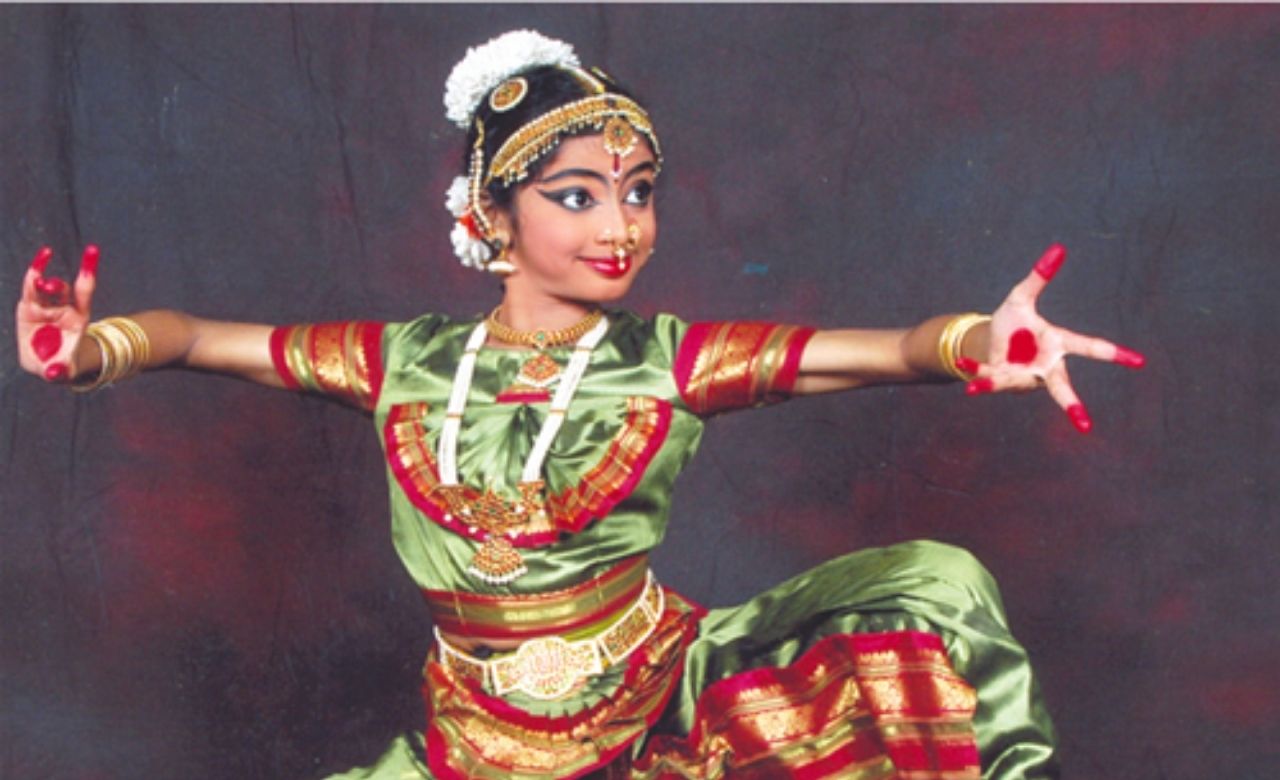
As we know, dancing is a form of human art. It is the embodiment of mankind’s interpretation of music. Art comes in all shapes and forms, depending on its cultural origins. To the Aerial Dancing of the United States to the colorful Lion Dance of the Chinese, these dances from across the world are held to such a high degree of esteem for their cultural significance. Here are eight cultural dances that you need to know about.
Bharata Natyam
Bharata Natyam is a cultural dance from India. It represents the cultural significance of one of their most prominent religions, Hinduism. The dance primarily consists of a Devdasi – a woman who has devoted herself to the Deva temple through means of singing and dancing. The people who have studied the dance argue that this type of dance has been with their culture between 300 BCE and 300 CE. This dance form has endured the test of time. During the British Colonial Empire, it was ridiculed and discouraged. In 1910, it was even banned altogether. However, to the credit of the Indian community, they fully understood the cultural implications of this religious dance and protested. Through the years, the dance persisted and has gone through various revivals.
Cancan
Cancan has its proud origins in France’s music halls during the 1840s. If you’ve seen Moulin Rouge, then you’ve seen this dance. It is typically performed by female dance groups and its uniqueness stems from its high-energy filled dance steps and is very physically demanding. The dancers wear long skirts, black stockings, and petticoats. The dance features extreme degrees of high kicks, skirt lifting, and controlled body movements. At first, the dance was considered scandalous. However, cultures evolved and cancan eventually became celebrated. It is now part of world dance culture.

Aerial Dance
It may first look like a circus act, but aerial dancing is a form of cultural dance that is rooted in the United States. The dance incorporates an apparatus attached to the ceiling and the performers makes themselves seem as if they are suspended in mid-air. The choreography is awe-striking and is one of the most physically demanding forms of art. One of the first choreographers of aerial dancing is given credit to Trisha Brown, who initially called her dancing equipment pieces.
Capoeira
The traditional dance of Capoeira is more than a dance, it is also a martial art. Its birthplace is in Brazil and the dance primarily consists of elaborate spinning and kicking that will leave you bedazzled and amazed. It is one the most amazing forms of dance given its rich history. In 2014, this cultural dance was given a whole new degree of importance by UNESCO and was granted a special protected status and was named as an intangible cultural heritage of Brazil.

Celestial Dance
The celestial dance is a very popular Cambodian dance, but it has its origins from Indian traditions and Hindu cultures. The dance has been taught from generations to generations for centuries. It is a must see and a worthy investment of your time, especially if you visit Angkor Wat.
Fandango
The beginnings of Fandango can be traced back to the Portuguese. It is a dance where the performers tap their feet and quickly change positions. Although some forms of the fandango can also be traced back to Spanish origins. The dance primarily goes hand-in-hand with guitars, hand-clapping, and castanets to be perfectly performed on stage.

Kabuki
Kabuki is a part of the rich cultural heritage of the Japanese. It is a dance as well as being part of their traditional theater. Some of the performers wear elaborate makeup and the dance usually contains political undertones which gives it a degree of importance which makes it one the most important forms of Japanese art.
Lion Dance
This costume-based dance form has its proud origins from Chinese culture. The dance copies the movements of a lion and have different variations within China’s regions. Most people mistake this traditional dance to another Chinese dance – the Dragon dance. However, these two are completely different.

Photo Credits:
Cover Wikimedia Commons
Photo 1 PIxabay
Photo 2 Pexels
Photo 3 Flickr
Photo 4 Wikimedia Commons

